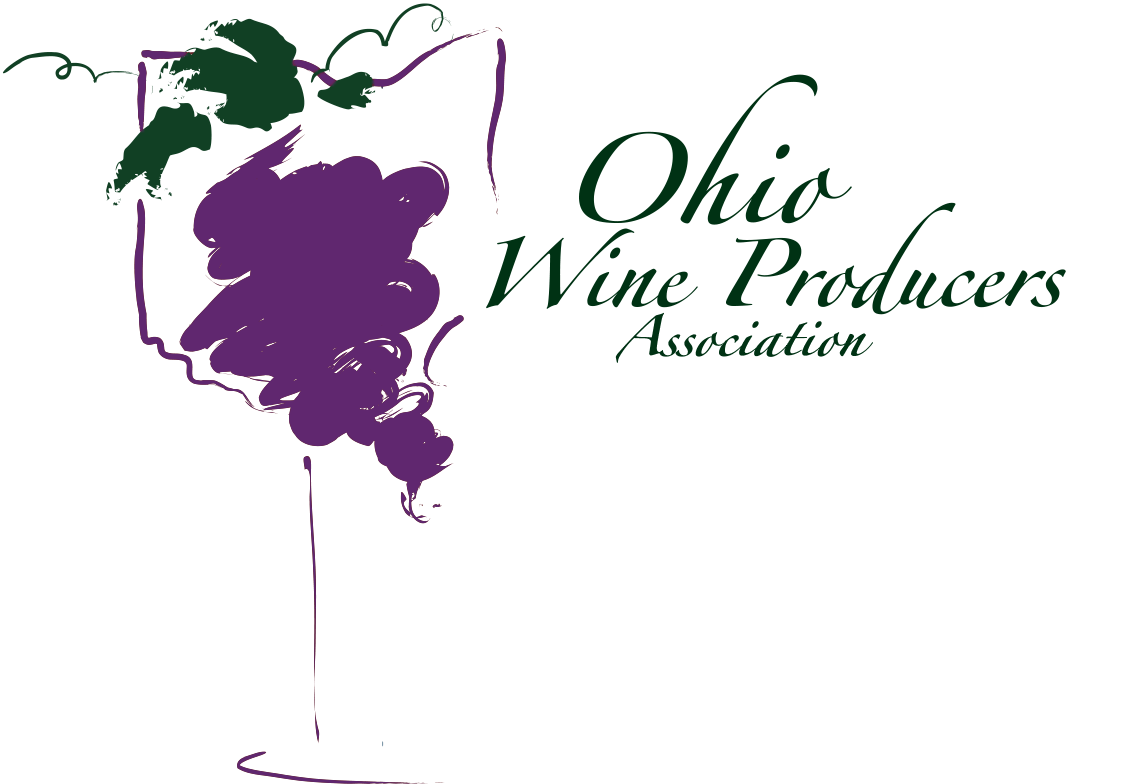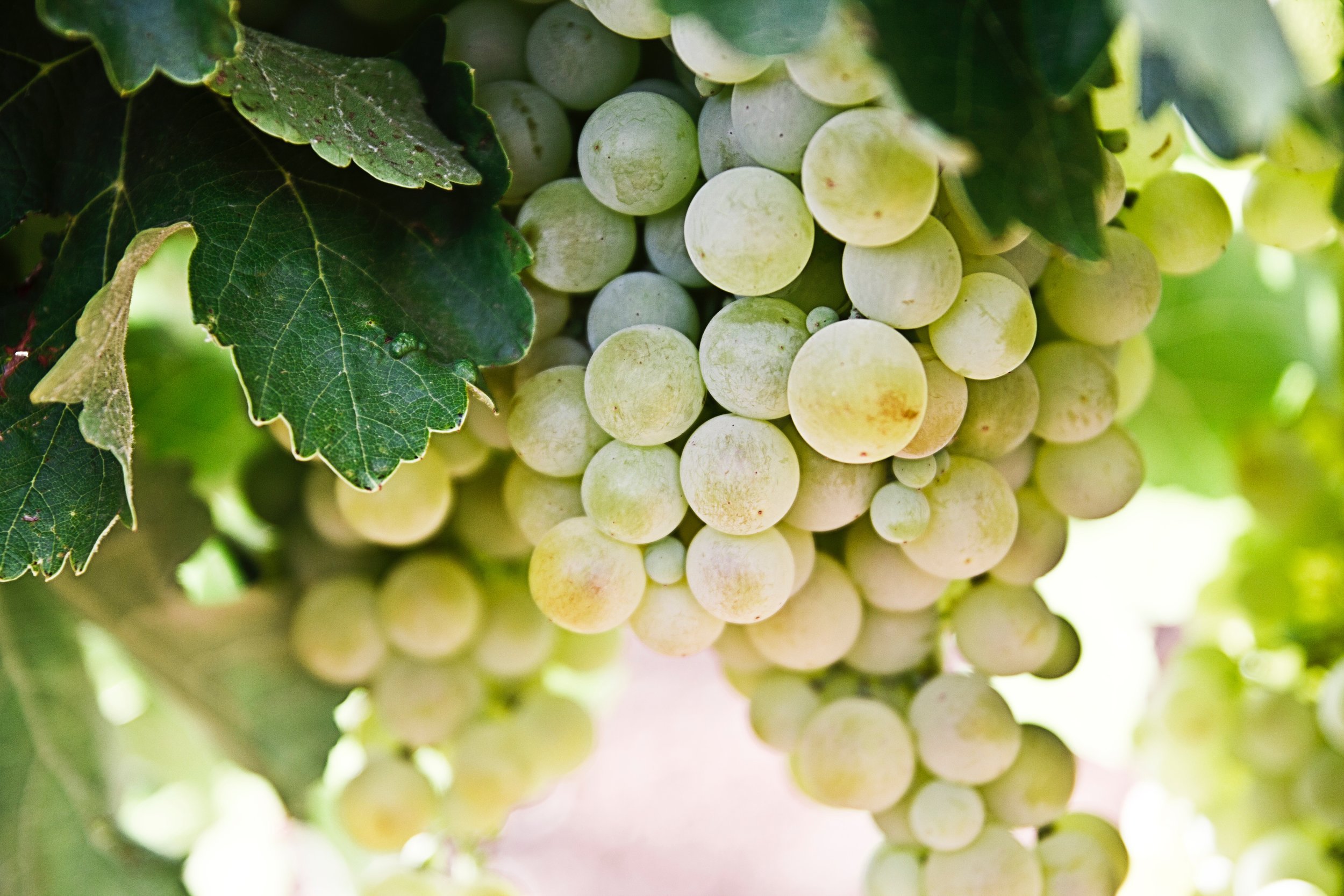Cork -- the natural closure
Wine trade publications are full of articles about the value of screw caps vs. the use of cork closures for wine. While there may be a growing trend for some producers to use the screw cap alternatives, in the near future at least, most regional wineries will be using corks. That is not to say that all of the closures are real bark from trees, but may rather be plastic, composite materials or cork veneers.
However, most really high quality wines still use 100% natural corks. In a mailing from the Portuguese Cork Association recently, they touted a branding statement: Real wine deserves real corks. They obviously have a self serving goal, but some of their information is quite interesting:
The first known historical reference to cork comes from Chinese literature in 3000 B.C. or so where it was reported to be used by fishermen.
Cork was first used as a wine closure in 1670 by Dom Perignon for his sparkling wine at the monastery of Hautvilliers. Prior to this time, wine bottles were sealed with wooden bungs wrapped in hemp.
Cork has been the number one world wide wine stopper since the mid 1700s.
A tree is NOT cut down to produce corks. Actually, the cork is made from the bark of the tree.
The average lifespan of a cork tree is 170-200 years and yields about 17-18 harvests in its life time.
Fifteen billion cork stoppers are produced every year. That accounts for about 4% of the total cork available for harvest annually.
Cork can protect a fine wine for more than 25 years.
There are 40 million lenticels [One of the small, corky pores or narrow lines on the surface of the stems of woody plants that allow the interchange of gases between the interior tissue and the surrounding air]
in every cubic centimeter of cork.
Real cork is the only proven stopper capable of withstanding the force exerted by a bottle of champagne while also maintaining the gas pressure o ensure the fizz and quality expected from the bottle.
Cork is fully recyclable, the trees are renewable and there are numerous uses for corks once they come out of the bottle.
Every great vintage over the last 100 or so years has used cork as the closure.
Cork is light weight and functional: even being used in the current Space Shuttle program.
Other uses for cork include construction materials, in beehives, for clothing, shoes, pharmaceuticals, furniture, memo boards and much more including by little girls and boys who fish the Grand River and Conneaut Creeks with their granddads.
An interesting product that is part of the world of wine.
For additional information: dwinchell@OhioWines.org
About the author:
Donniella Winchell, Executive Director of the Ohio Wine Producers Association...


